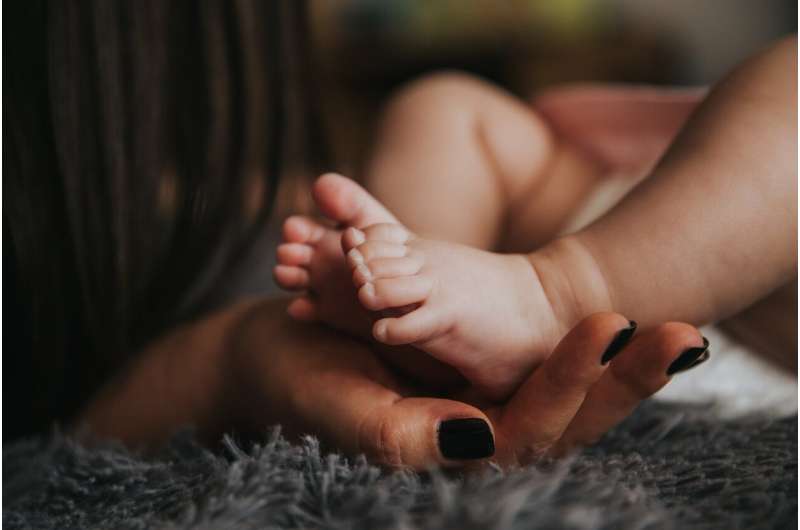Mayo Clinic Q and A: Viral skin bumps that are a common occurrence in childhood

DEAR MAYO CLINIC: My 7-year-old son developed a small pink bump on his arm recently. Soon we started noticing more on his back and under his arms. His pediatrician said they were called "molluscum," and we didn't have to do anything about them. But I am worried about them spreading to his little sister. What are these spots, and should I be concerned?
ANSWER: Molluscum contagiosum, often just called "molluscum," are a common occurrence in childhood. Like warts, molluscum are caused by a nonworrisome virus that usually takes the body some time to recognize and get rid of. Although anyone can develop the condition, molluscum most often occurs in younger, elementary-aged children.
Molluscum presents with spots that may be pink or skin-colored. They can be as small as a tiny bead and can have a slight indent in the middle, like a belly button. That is why they are called "umbilicated." People often report redness, itching or pain at the spots, especially if they become irritated due to rubbing or friction.
Molluscum is not dangerous and should go away on its own, but it can take time. In some patients, it can take a year or more. Molluscum spreads easily in areas of friction, like the armpits, groin or other skin folds, and can be spread to other people. Although your pediatrician is correct that you do not have to treat it, treatment can eliminate molluscum faster.
Many options are publicized to treat molluscum, but only certain methods are safe and effective. One of the most common is to apply a thin layer of a gentle retinoid-type medication, such as adapalene (Differin). This medication used to be a prescription, but it now is offered over the counter and can be found in the acne product aisle. Some irritation in the form of red, flaky skin can develop, which is OK. This is a sign that your child's body is responding to the treatment. If too much irritation develops, though, you may want to space out the applications to every other or every third night.
A dermatologist can offer alternative therapies, including prescription-strength versions of the retinoid-type medications and other such creams. For older children and teens, scraping or freezing the bumps can be an option. In younger children, a favorite treatment for molluscum is to apply a solution made from a secretion of the blister beetle, which is called cantharidin. This clear, painless and safe solution is applied to the bumps in a dermatologist's office, and it is then washed off at home a few hours later. The solution creates little water blisters on the bumps to help get rid of them.
In patients with preexisting conditions, such as eczema or other skin rashes, molluscum can spread more quickly. Patients may need special treatment to help with any flaring of their eczema before the molluscum can be treated.
Though not as common, adults also can get Molluscum contagiosum. However, in adults, molluscum is considered a potentially sexually transmitted condition and can be associated with immunodeficiency, such as HIV infection. Therefore, I always recommend that adults who develop spots see their primary health provider or a dermatologist to confirm the diagnosis and discuss next steps.
Once someone has been diagnosed with molluscum, I recommend taking care to avoid sharing clothing and linens because there is a chance of spreading the infection to others through contact with these items. It also helps to minimize scratching the affected areas because it can cause the virus to spread and the bumps to multiply. Although it can be challenging to know if someone has molluscum, be mindful when sharing bathing or swimming spaces. There is some thought that bathing or swimming in a small space with someone who is infected could transfer the virus to others, so take caution.
In summary, molluscum are common, benign childhood bumps, but they can be bothersome. If your child develops these types of growths, especially if they are spreading quickly, affecting other family members, or becoming itchy and painful, you should talk to your primary care provider or see a dermatologist.
©2021 Mayo Clinic News Network
Distributed by Tribune Content Agency, LLC



















